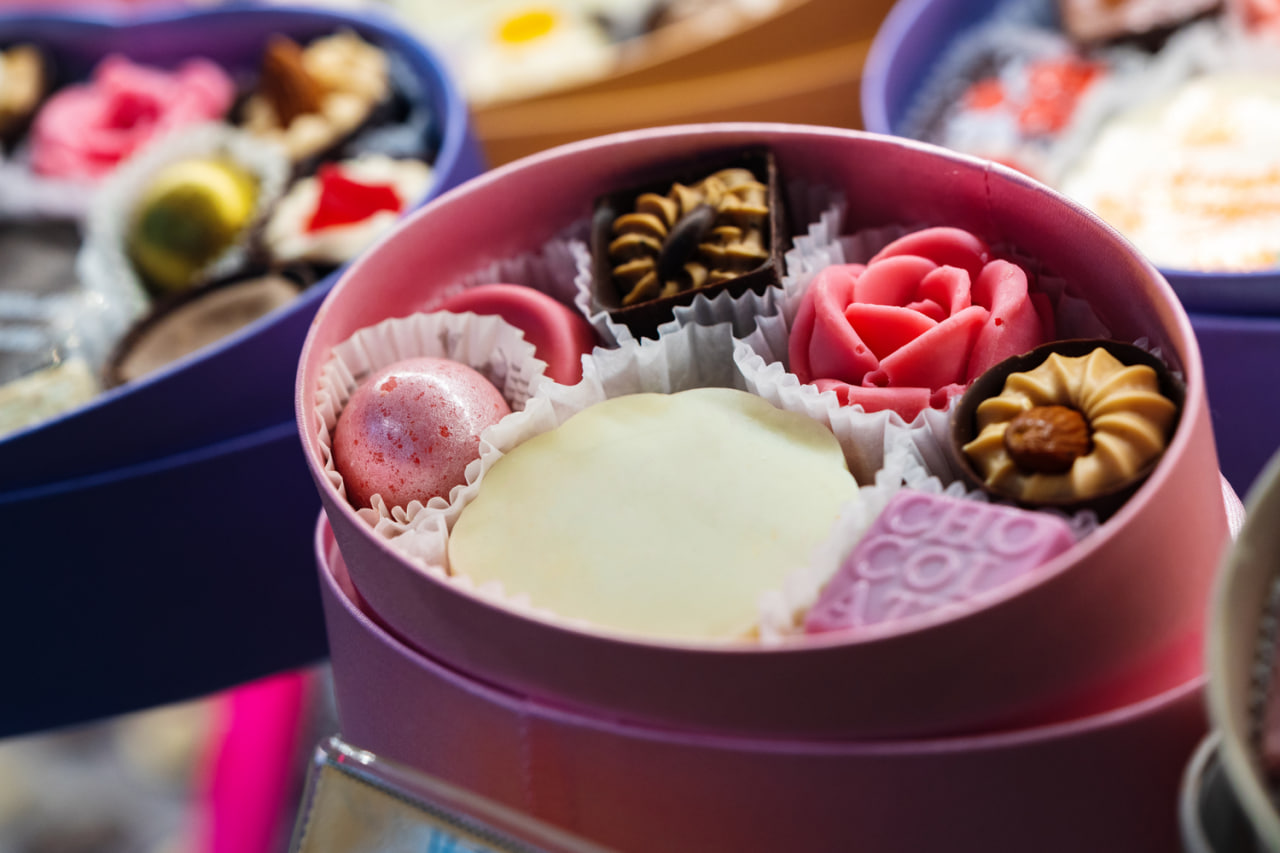Balancing Flavor and Health: The Modern Dessert Revolution
Desserts have always been a symbol of joy, luxury, and creativity. From ancient honey cakes to modern pastries, sweetness has carried cultural meaning and emotional depth. Yet for decades, indulgence has been associated with excess—too much sugar, fat, and artificial ingredients. The modern dessert revolution challenges this notion, proving that health and pleasure are not opposites but partners in harmony. By balancing flavor and well-being, today’s pastry artists and home confectioners are redefining what it means to enjoy a truly satisfying dessert.
The Shift Toward Conscious Indulgence
In recent years, a profound transformation has taken place in the world of sweets. Consumers have become more aware of the ingredients they consume, questioning not only the nutritional content but also the source and purpose of each component. This has given rise to a movement known as conscious indulgence—the idea that one can enjoy desserts fully while respecting health, nature, and authenticity.
This change did not happen overnight. It grew from the growing concern over artificial additives, refined sugars, and the environmental cost of industrial food production. As people began to seek balance in their diets, dessert culture evolved. Chefs and creators started to explore natural sweeteners, nutrient-rich flours, and plant-based alternatives. The result is a new generation of desserts that are light, wholesome, and deeply flavorful.
The essence of this revolution is not restriction but transformation. It celebrates pleasure with mindfulness, where every bite brings satisfaction without guilt.
The Science of Balance
Flavor and health may seem like opposing goals, but they coexist beautifully when understood scientifically. Sweetness is only one dimension of taste—bitterness, acidity, and texture also shape our perception of pleasure. The modern approach to desserts uses these elements in harmony to create depth and complexity without relying on excess sugar or fat.
For instance, using natural sweeteners such as honey, maple syrup, or dates adds not just sweetness but also minerals and unique flavor notes. Whole grain flours, nut butters, and seeds introduce fiber, protein, and richness. Even small adjustments in preparation—such as using fruit purees for moisture or roasting ingredients to deepen flavor—can elevate a dessert while keeping it nutritious.
Balance also comes from understanding portion and intensity. Instead of large servings packed with sugar, smaller, flavor-dense desserts create satisfaction through quality. A few bites of a thoughtfully crafted treat can offer far more pleasure than an entire slice of something artificial. The science of balance is, therefore, also the art of restraint—achieving harmony without excess.
Redefining Sweetness with Natural Ingredients
Nature offers a diverse palette of flavors far richer than refined sugar alone. Fruits, spices, herbs, and natural sweeteners can create complexity and freshness that traditional desserts often overlook.
Honey carries floral undertones that pair beautifully with nuts and citrus. Coconut sugar adds a gentle caramel depth. Dates, figs, and bananas contribute both sweetness and texture, reducing the need for added fats. Even vegetables like sweet potatoes, carrots, and beets can play a role, adding color, moisture, and natural sugars.
Spices are another cornerstone of the modern dessert revolution. Cinnamon, cardamom, ginger, and nutmeg enhance sweetness while supporting digestion and metabolism. Herbs like mint, basil, and rosemary add brightness and intrigue. These natural elements bring balance and dimension, making desserts both aromatic and nourishing.
Redefining sweetness means rediscovering nature’s diversity. It encourages creativity—experimenting with combinations that evoke emotion, memory, and delight without relying on processed ingredients.
The Rise of Plant-Based and Functional Desserts
Plant-based desserts have become a defining feature of the modern culinary landscape. What began as an alternative for vegans has evolved into a celebration of inclusivity and innovation. Using ingredients like almond flour, cashew cream, and oat milk, creators are designing sweets that are not only dairy- and gluten-free but also rich in nutrients and flavor.
Functional desserts go a step further, blending indulgence with wellness. These confections include ingredients that support specific aspects of health—superfoods like cacao, chia seeds, matcha, or adaptogenic herbs. A truffle can now boost energy, a brownie can support digestion, and a mousse can calm the mind.
This shift demonstrates how dessert-making is merging with nutritional science. Food is no longer seen merely as pleasure but as a tool for vitality. The boundaries between nourishment and indulgence are dissolving, giving rise to a new kind of culinary artistry—one that heals as much as it delights.
Mindful Techniques and Modern Innovation
The way desserts are prepared plays as important a role as the ingredients themselves. Modern confectioners have embraced mindful techniques that respect the integrity of raw materials. Baking at lower temperatures preserves nutrients. Minimal processing keeps flavors vibrant. Fermentation and dehydration open new creative pathways for texture and taste.
Technological innovation also supports this evolution. Precision equipment allows for better control of temperature and consistency. Natural stabilizers like agar-agar or psyllium husk replace artificial ones. Techniques borrowed from fine dining—such as sous vide or freeze-drying—help elevate natural ingredients to artistic levels.
At its core, mindful dessert-making is about attention. It demands awareness of texture, aroma, and emotion. It transforms the act of cooking into a form of meditation, where every movement is deliberate and every flavor has purpose.
The Emotional Connection Between Taste and Well-Being
Desserts have always been tied to emotion. They comfort, celebrate, and connect. The modern dessert revolution acknowledges this emotional bond but reframes it through mindfulness. Instead of offering fleeting satisfaction through excess, it nurtures long-lasting pleasure through balance and intention.
When we eat consciously, the experience of sweetness deepens. We notice subtleties—the tang of fruit, the smoothness of nut cream, the warmth of spices. The senses awaken, and the body responds with contentment rather than overstimulation. This harmony between flavor and physiology fosters both joy and stability.
Desserts also carry emotional meaning when shared. Baking with loved ones or gifting handmade sweets brings people together. In this way, the modern dessert becomes not just food but an act of connection—a reminder that care and creativity are ingredients as essential as anything from the pantry.
Sustainability and Responsibility in the New Dessert Culture
Balancing flavor and health also means respecting the planet that provides the ingredients. Sustainability is a growing pillar of modern dessert-making. From sourcing fair-trade cacao to using local fruits and recyclable packaging, every decision reflects a commitment to environmental harmony.
Reducing waste through thoughtful portioning, composting, and upcycling ingredients—such as using almond pulp for flour or citrus peels for zest—demonstrates how creativity and sustainability can coexist. Even dessert decoration is evolving toward eco-friendly simplicity, favoring edible flowers, natural pigments, and biodegradable materials.
The revolution is not only culinary but ethical. By valuing purity, transparency, and responsibility, dessert-makers become stewards of both health and nature. The result is food that delights the senses and honors the world from which it comes.
The New Definition of Indulgence
The modern dessert revolution is not about denying pleasure—it is about refining it. True indulgence lies in appreciation, not excess. It is found in the elegance of a perfectly balanced flavor, the beauty of natural color, and the knowledge that every ingredient serves both taste and well-being.
This new definition invites people to enjoy dessert as a form of art and self-care. It transforms sweets into symbols of harmony, creativity, and respect. By balancing flavor and health, we rediscover what makes dessert magical—the ability to bring joy, energy, and meaning to life, one mindful bite at a time.

